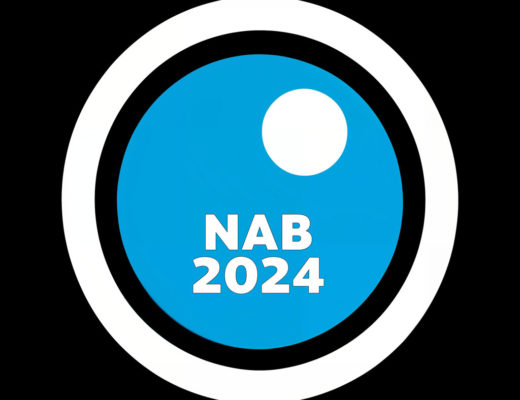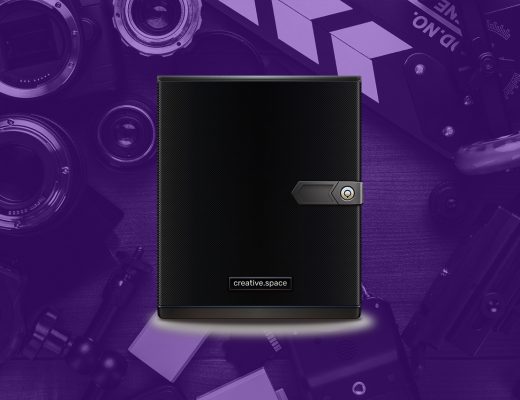Dropping costs allowed for massive growth in Ethernet networks and use of centralized servers – single hard drives or RAID arrays – DAM technology had already experienced significant progress. However, because different solutions were adopted in different types of industries, DAM vendors matured in specialized areas, even as the early 1990s brought the Internet into the mix for “hosted” solutions. Museums and publishers used photo library-type services, graphics and ad firms used the brand asset management tools, and broadcasters deployed the solutions developed for video (“time-based” assets). Many buyers chose DAM technology on the basis of their companies’ specializations, and it made sense at the time since few vendor offerings could perform efficiently in more than one setting.
Today, DAM solutions exist along a continuous spectrum from oldest to cutting-edge. The fact that some one- and two-person firms handle their DAM demands with DVD-RWs or local network storage is commendable when companies “get by” without too many emergencies, they tend to consider theirs a successful DAM approach. Perhaps it is, for them. For more demanding users, the cutting edge of the practice means having a corporate DAM system as part of a large in-house intranet or server-based approach, or a hosted solution. One benefit of the latter is that DAM vendors do not just rent you “parking space,” but provide the tools that make assets easily usable, and therefore more valuable.
Current DAM trends
DAM industry veterans, users of various systems and vendors maintain a robust community online (and off), where discussions range from philosophical to uber-technical. It is a good way to get a sense of where things are headed vis-a-vis DAM. There is now a trend toward more widespread adoption of the Extensible Metadata Platform (XMP) for making the most of the information that accompanies a particular asset (photo, file, etc.). Adobe’s standard for enabling metadata to “hitch a ride” on assets is supported by most vendors, but implementation is not uniform. Some DAM systems separate the XMP information from assets as they enter the system, placing it in a separate location. Other approaches keep the metadata and the asset in a single package, using the metadata to identify and manage the asset. It appears XMP will remain a key way to organize assets going into the future.
Continues @ http://www.articleco.com
Related articles by Zemanta
- So what is metadata, anyway? (digitalassetmanagement.org.uk)
- How do I avoid duplicate assets in a DAM? (digitalassetmanagement.org.uk)
- Taxonomy vs. Metadata (digitalassetmanagement.org.uk)

Filmtools
Filmmakers go-to destination for pre-production, production & post production equipment!
Shop Now

![The development of DAM 3 Reblog this post [with Zemanta]](http://img.zemanta.com/reblog_c.png?x-id=2d72d4f9-fef7-4acc-8bb8-d5c797e1abda)













